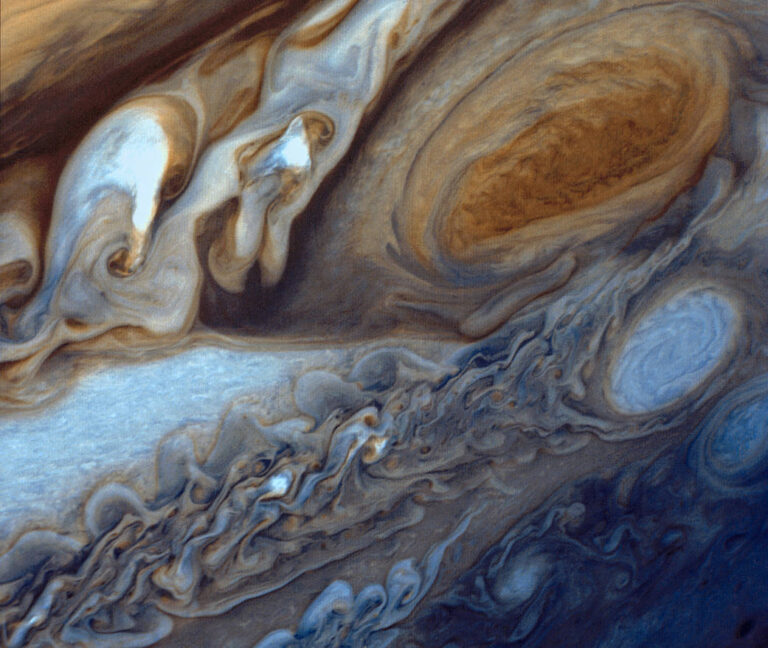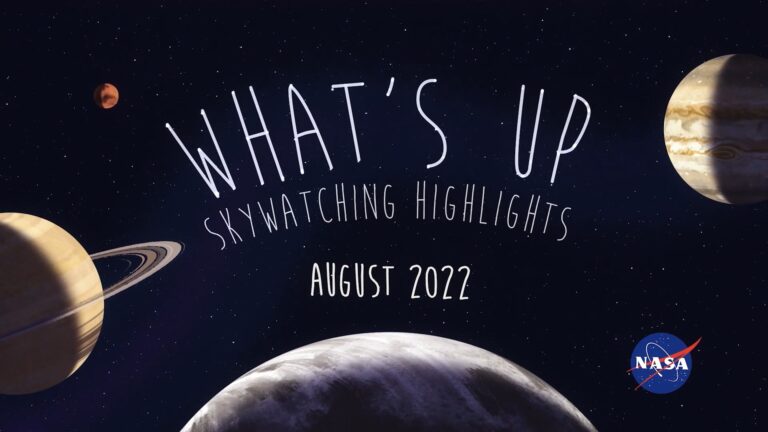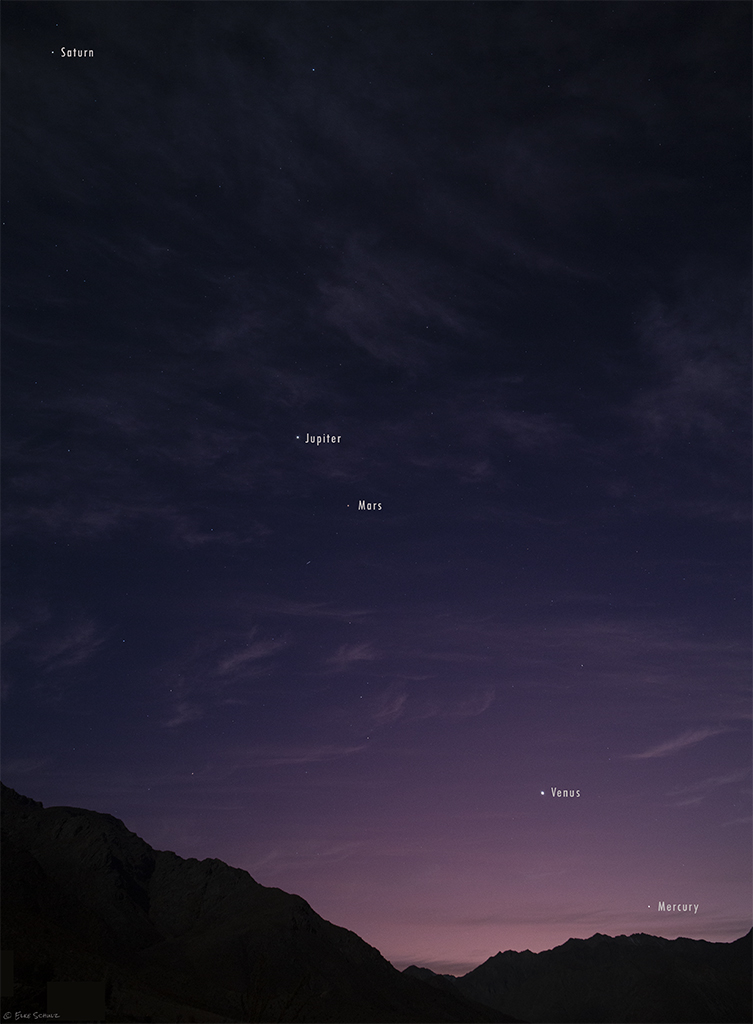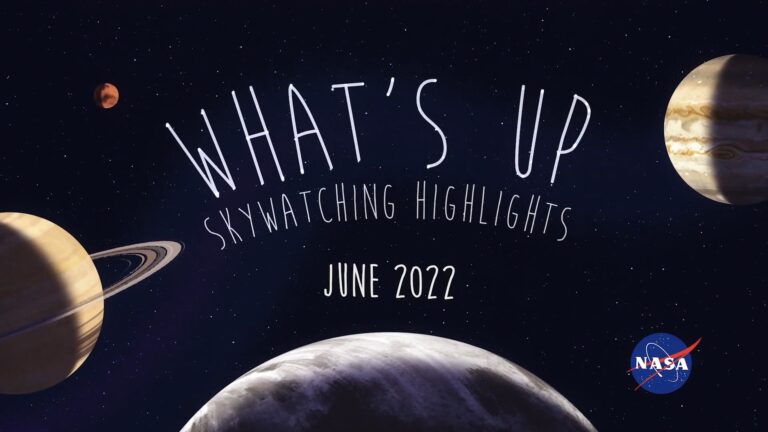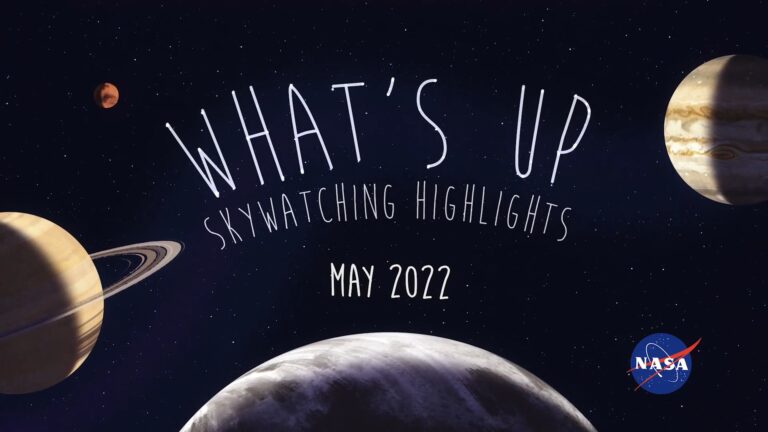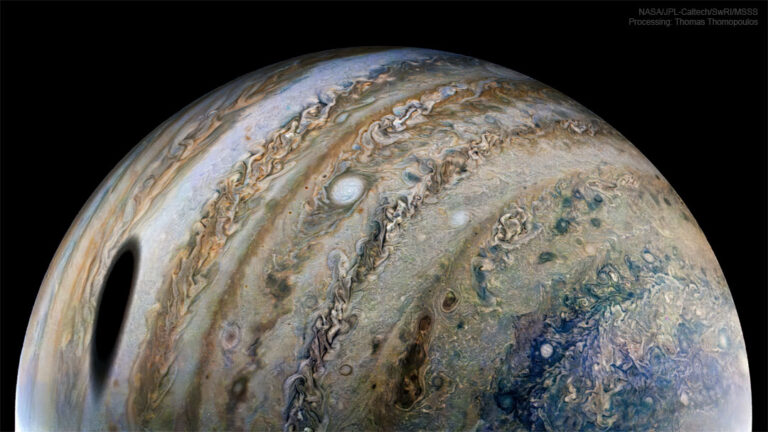旅行者1号看到了大红斑
Launched in 1977, the twin Voyager probes are NASA’s longest-operating mission and the only spacecraft ever to explore interstellar space. 45 years on, Voyager 1 and 2 continue to provide us with observations of the farthest reaches of space. Our Voyager 1 spacecraft zoomed toward Jupiter in January and February 1979, capturing hundreds of images of Jupiter during its approach, including this close-up of swirling clouds around Jupiter’s Great Red Spot. Learn more about Voyager: Voyager, NASA’s Longest-Lived Mission, Logs 45 Years in Space Image Credit: NASA/JPL 1977年发射的两个旅行者号探测器是NASA最长的运行任务,也是唯一探索星际空间的航天器。45年过去了,“旅行者1号”和“旅行者2号”继续为我们提供太空最远区域的观测。 我们的旅行者1号航天器于1979年1月和2月向木星飞去,在接近木星的过程中拍摄了数百张木星图像,包括这张木星大红斑周围漩涡云的特写镜头。 了解更多关于旅行者的信息:旅行者号是NASA寿命最长的任务,在太空中服役45年 图片来源:NASA/JPL

